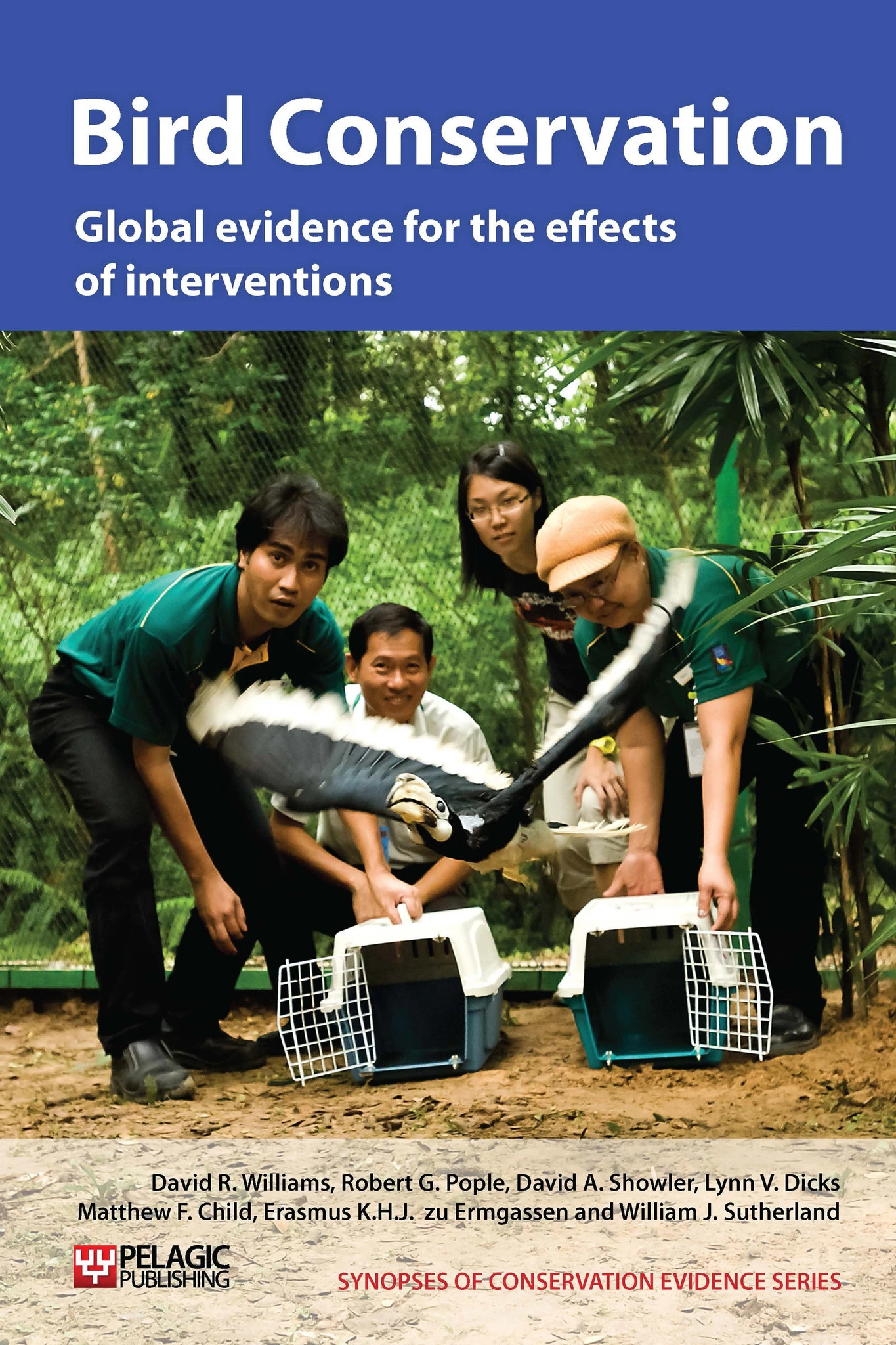Create scrapes and pools in wetlands and wet grasslands
-
Overall effectiveness category Likely to be beneficial
-
Number of studies: 6
View assessment score
Hide assessment score
How is the evidence assessed?
-
Effectiveness
75% -
Certainty
60% -
Harms
0%
Study locations
Supporting evidence from individual studies
A study in 1940-1942 at a marsh site in Iowa, USA (Provost 1948), found that large numbers of dabbling ducks Anas spp. used pools and clearings created by blasting. Diving ducks Aythya spp. and ruddy ducks Oxyura jamaicensis, however, were rare in the newly-created pools as were American coot Fulica americana, rails Rallus spp. and sora Porzana carolina, instead being found in older ponds and clearings. Songbirds seemed largely unaffected by the blasting.
Study and other actions testedA before-and-after study on a marshland site near Lake Manitoba, Manitoba, Canada (2), found that between the summers of 1965 and 1966 there was a 288% increase in the number of wildfowl using 25 ponds created by blasting in August 1964 and 1965. There was a smaller increase at natural marshlands nearby. A total of 11 species were seen, mostly of dabbling ducks Anas spp. Ponds averaged 132 m2 and 1.5 m deep.
Study and other actions testedA before-and-after study on a wetland reserve in Cumbria, England (Holton & Allcorn 2006), found that the number of common snipe Gallinago gallinago nesting in an area of improved peat grassland increased from one pair in 2003 to 11 pairs in both 2004 and 2005 following the creation of 18 small scrapes in the 60 ha grassland, and other management interventions, discussed in ‘Restore or create traditional water meadows’.
Study and other actions testedA before-and-after study on 160 ha of improved grassland at Ynys-Hir RSPB reserve, Powys, Wales (Squires & Allcorn 2006), found that populations of northern lapwings Vanellus vanellus and common redshank Tringa totanus increased following a series of interventions including chisel ploughing, used on a two year rotation (approximately 8 ha in February 2002 and 10 ha areas thereafter) to break up the surface to create small hummocks and divots. This study is discussed in detail in ‘Restore or create traditional water meadows’.
Study and other actions testedA replicated, controlled paired sites study of wet pasture and bunded and non-bunded drainage ditches in arable and pastoral areas in Leicestershire, UK (Defra 2007), found that bird visit rates were significantly higher in wet pasture (0.2-0.3 visits) than in control dry plots (0.1), particularly in the summer months and in 2006. The authors suggested benefits due to management may increase over time. Visit rates were also higher to ditch-fed paired ponds (1.0 visit/month) than dry controls (0.5 visit/month). Sampling involved bird observations (45 minutes, 1-2/month between April 2005 and March 2007.
Study and other actions testedWithin nine grazed wet grasslands sites in Broadland, Norfolk, England (Eglington et al. 2010), a replicated site comparison study (March-July 2005 to 2007) found northern lapwing Vanellus vanellus chick foraging rates and estimated biomass intake (monitored May-July 2006) were 2-3 times higher in installed shallow wet features than in the grazing marsh. Late in the breeding season when water levels were low, chick body condition was significantly higher in fields with footdrain densities of more than 150 m/ha. The wet features supported more than twice the biomass of surface-active invertebrates and a greater abundance of aerial invertebrates than the grazing marsh. Each year, chicks (<100 g) were weighed and bill length measured to determine growth rates.
Study and other actions tested
Where has this evidence come from?
List of journals searched by synopsis
All the journals searched for all synopses
This Action forms part of the Action Synopsis:
Bird Conservation
Bird Conservation - Published 2013
Bird Synopsis





)_2023.JPG)














